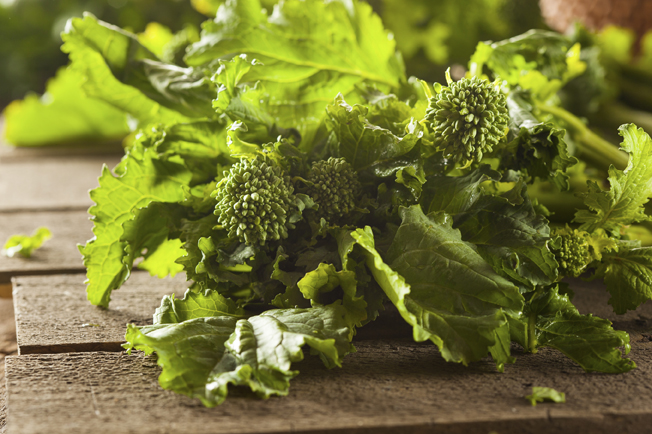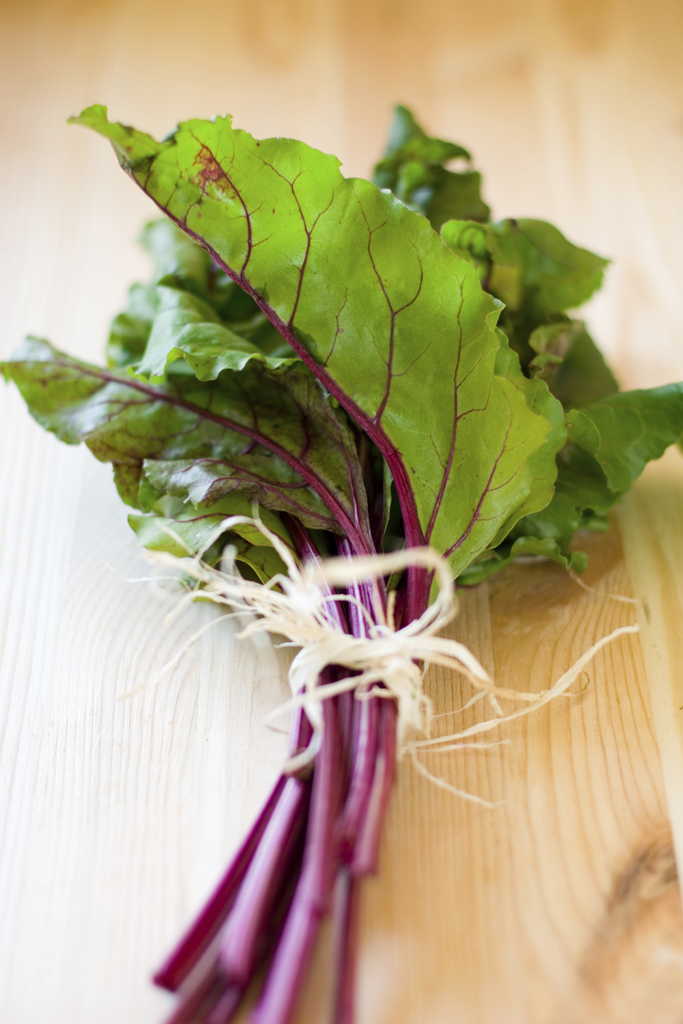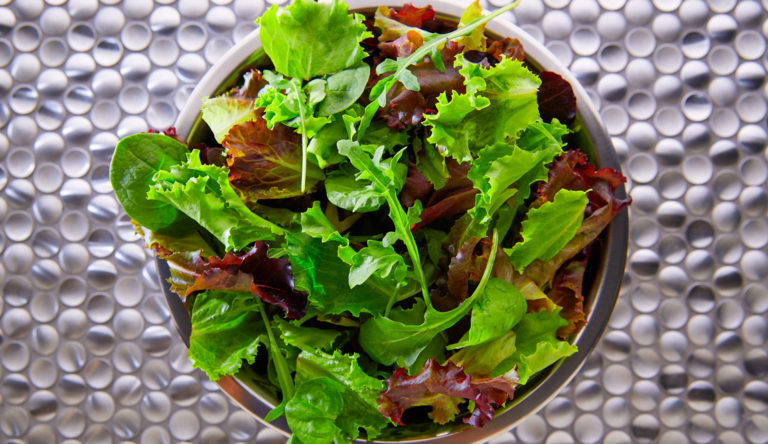Rapini (aka Broccoli Raab)
Rapini, commonly known in the United States as broccoli raab (also spelled broccoli rabe), is truly a vegetable with many names around the world. A few of the many names are raab, rapa, rapine, rappi, rappone, fall and spring raab, turnip broccoli, taitcat, Italian or Chinese broccoli, broccoli rape, broccoli de rabe, Italian turnip, and turnip broccoli.
According to whatscookingamerica.net,
Originating in the Mediterranean and also China, it is actually a descendant from a wild herb. Today, Rapini is found growing in California, Arizona, New Jersey, Quebec and Ontario. It is one of the most popular vegetables among the Chinese. It is probably the most popular vegetable in Hong Kong and also widely used in the western world.
Although it has broccoli’s name, broccoli raab is not related to broccoli. It is, however, closely related to turnips which is probably why the leaves look like turnip greens. Lots of broccoli-like buds appear here and there but a head never forms. It is grown as much for its long-standing, tasty mustard-like tops as for their multiple small florets with clusters of broccoli-like buds.
This is one of those special vegetables we may only get once or twice this year so choose your preparation wisely. While people often think of rapini as bitter, I haven’t found that to be the case with the variety that Aaron grows.
So, here are two (of many) ways to go with rapini…one takes an Italian path and the other Asian. Decisions….decisions!
Rapini with vin cotto
This recipe, from Food 52, calls for the broccoli raab to be blanched before sauteed in a frying pan with garlic (this would be a GREAT time to use one of those garlic scapes from last week’s share! The vin cotto, which is reduced balsamic vinegar with a touch of sugar, is then drizzled on the veggie.
Peanut Broccoli Rabe
With this recipe, the greens get steamed in the same pan they get their saute in – not a bad technique to use even if you are making the first recipe as it save dirtying another pan. Here you will get a good balance of texture (from the peanuts) and heat (from the pepper).



